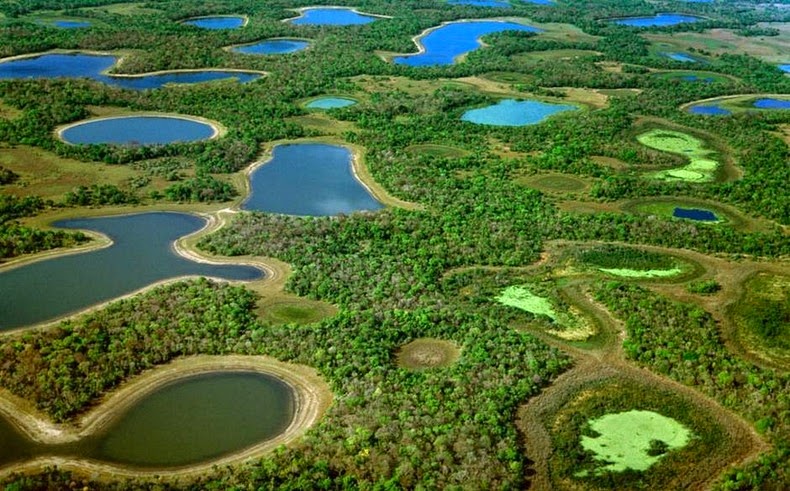The Pantanal, the largest freshwater wetland in the world whose territory is divided between Brazil, Paraguay, and Bolivia, is drying up due to soil degradation and had 2021 the driest year in four decades, according to a study released today.
Carried out by the Mapbiomas initiative, the researchers warned that last year, the wet area of the biome did not exceed 1.6 million hectares, which represents 76 percent less than the 6.7 million hectares it had in 1985 when the studies began.
In addition, Mapbiomas warned that the Pantanal is shrinking even during periods of water level rise. In the last one, in 2018, the waters covered 5.1 million hectares, 2.1 million less than the area flooded in 1988.

“What we see is a worrying drop in flooded fields. In addition to being less extensive, the areas have remained waterlogged for less time.”
“In general, the flood period used to last about six months, and today it lasts at most two or three months,” explained geographer Marcos Rosa, one of the Mapbiomas researchers.
The flow of the Pantanal’s waters is determined by rainfall and the springs and rivers’ capacity in the Upper Paraguay basin area.
The waters of the Paraguay River are essential for flooding during periods of drought and high water.
Deforestation around the headwaters of the rivers, with occupation by plantations, aggradation of the rivers, and changes in the rain cycle, attributed to less humidity coming from the Amazon, are the main reasons for the problems currently faced by the Pantanal.
While the Pantanal has 83 percent of its area preserved, in the Upper Paraguay basin, only 43 percent of the so-called permanent preservation areas remain.
The installation of several small hydroelectric power plants on the region’s rivers is another of the reasons cited for altering the flow of water into the Pantanal.
“Even during a drought, the flooded areas totaled around 2 million hectares. Now, they are less than half,” Rosa said.
Another factor affecting the Pantanal is the recorded fires, which hinder the soil’s natural recovery.
In 2020, the area experienced the worst wave of fires, which burned a quarter of its territory.
Considered a World Heritage Site by UNESCO, the Pantanal covers 250,000 km², 60 percent of which is in Brazil.
It is home to 600 species of birds, 124 species of mammals, 80 species of reptiles, and 60 species of amphibians.

